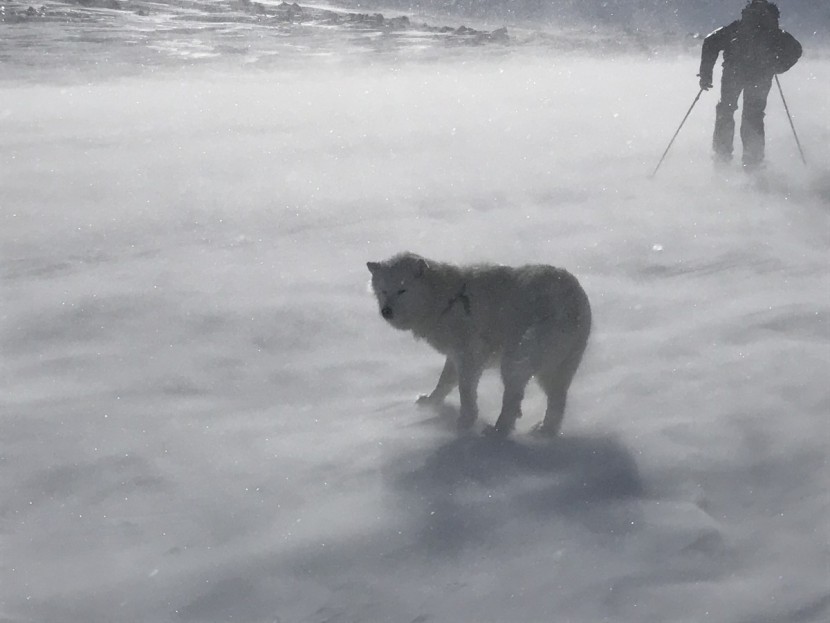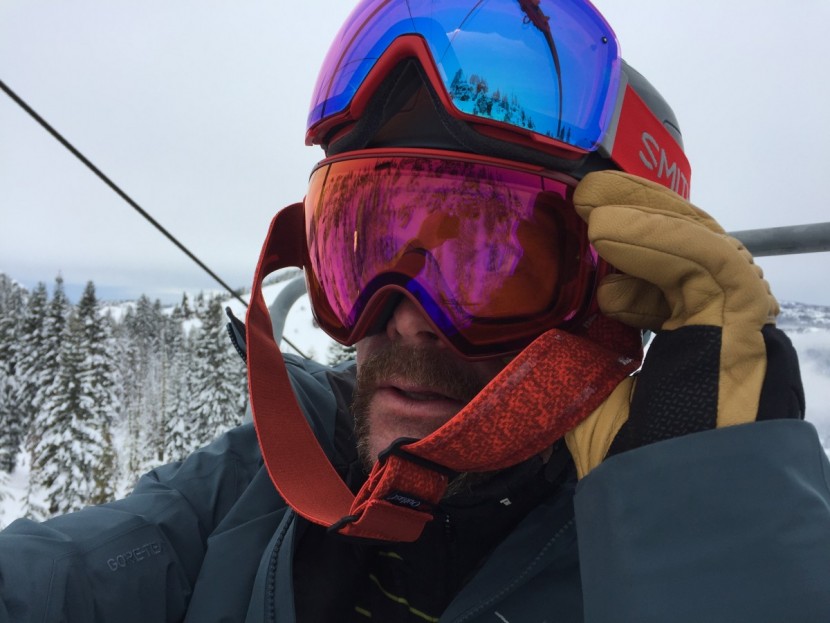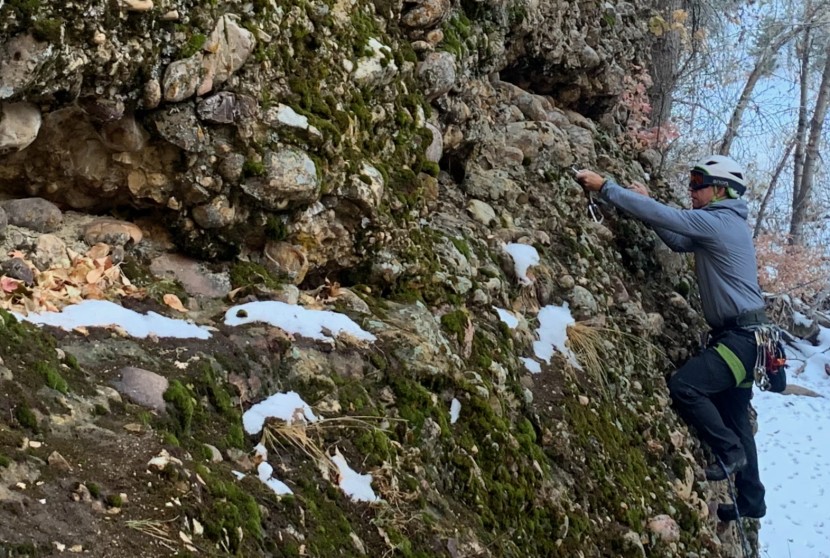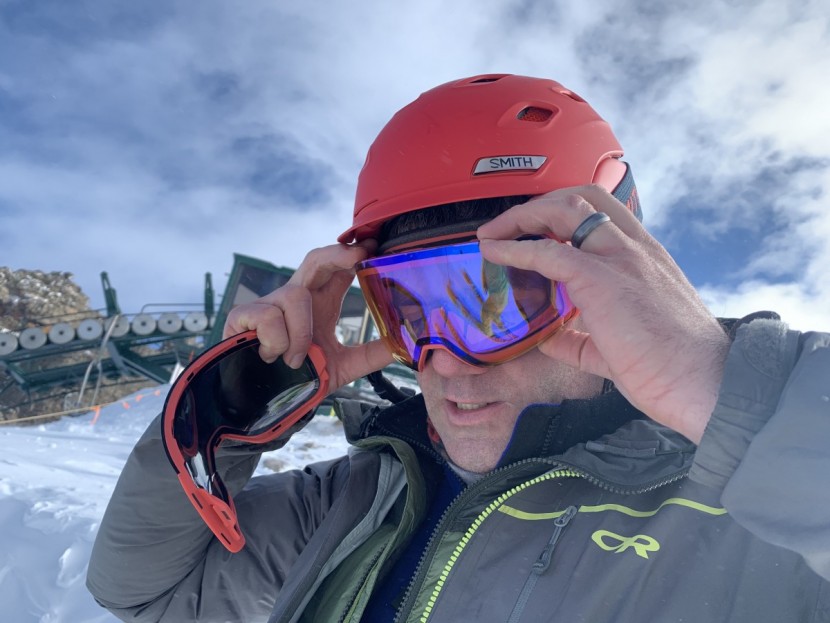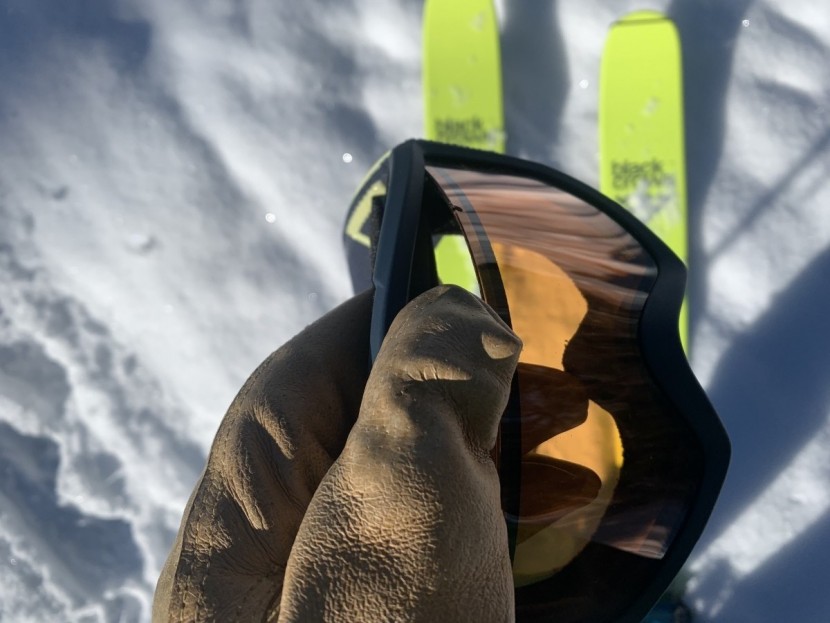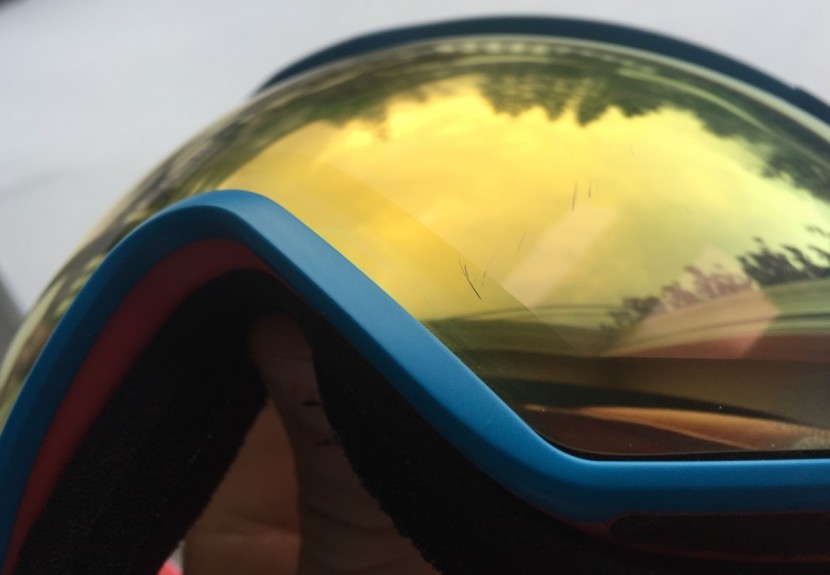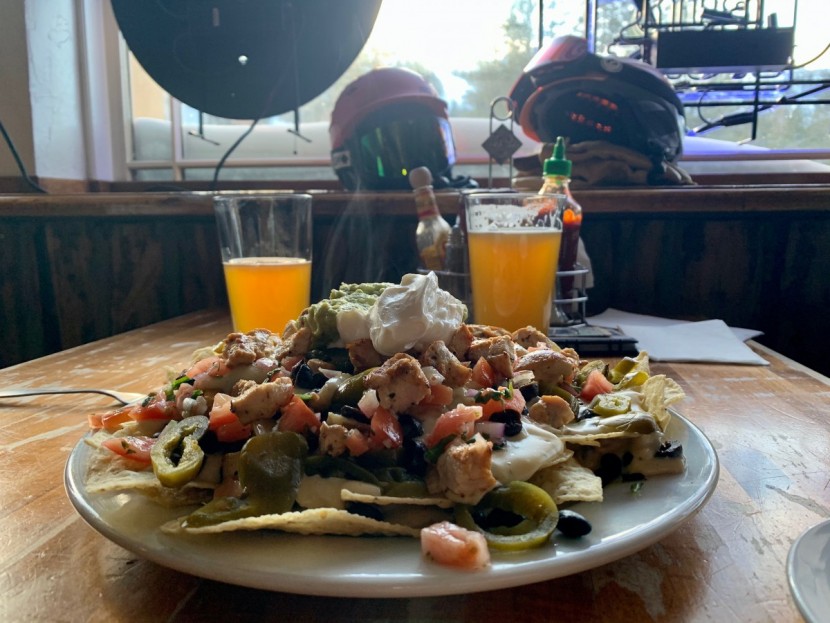Our rigorous testing process takes place in some of America's most rugged mountain ranges, such as the Northern Cascades, Sierra Nevada, and the Tetons. Lake Tahoe is our primary venue and provides incredible backcountry and resort access. This area also experiences an incredible diversity of weather conditions, from brutal winter storms to sunny California days and everything in between. Each goggle was put through its paces, from cruising at the resorts to climbing and skiing backcountry peaks in every weather imaginable. Our testing process aims to evaluate each goggle within a subset of performance metrics to objectively and fairly crown the best options.
Lens Quality
Our lens quality tests investigated each model's optical performance in various conditions. To accomplish this, we look at each lens through sub-metrics, such as field of view, color quality, contrast, and the detail of textures. We also look at lens enhancements like scratch protection and anti-fog coatings. These sub-metrics are primarily assessed on the mountain. We ride with 3 or 4 goggles on our person at a time, allowing us to switch models and compare results in similar conditions. The direct comparison approach helps us discern the difference between each lens.
Comfort
Comfort is closely linked to how well a pair of goggles fit your face, so it can be a bit different for everyone. To test this, we had several different testers with different-sized facial structures try on the various models and provide feedback. We then noted themes in facial structure and the provided comfort of each model. We also examined the construction, including the frame, padding, and strap. Lastly, we determined how well each model stays in place and fits with or without a helmet.
Ventilation and Breathability
Our ventilation and breathability tests took place in both the resort and the backcountry. We monitored the anti-fogging properties within the resort boundaries, particularly on wet storm days. The resort allowed us to test the overall ventilation system with many downhill opportunities. We also used the hike-to terrain to test the breathability of the goggle. We then took it one step further by taking each model up steep hills for backcountry skiing to really work up a sweat and see how they fared. This is a more extreme test of a goggle's ventilation and breathability, and is very effective for our evaluations.
Ease of Changing Lenses
Not all lens attachment systems are created equal, and there is a huge difference in how easy it is to change lenses between the different models. To test this, we had multiple users change out the lenses, and we then compared the time it took and the associated difficulty.
Durability
To assess durability, we used and abused these goggles at the resort and while backcountry skiing. They were taken on and off our helmets, lenses were changed frequently, and they were stuffed into our backcountry ski packs repeatedly. At the end of our test period, we closely examined each pair, paying close attention to the lenses, padding, vent foam, and straps to inspect for any damage or premature wear. We also scoured online reviews to identify any durability trends.
Style
Style is the most subjective metric within this review. To help manage personal preferences, we polled our friends, fellow skiers, and riders to rank each model. In the end, style is a personal thing, so don't solely take our word for it, take a look and make your own decisions.

